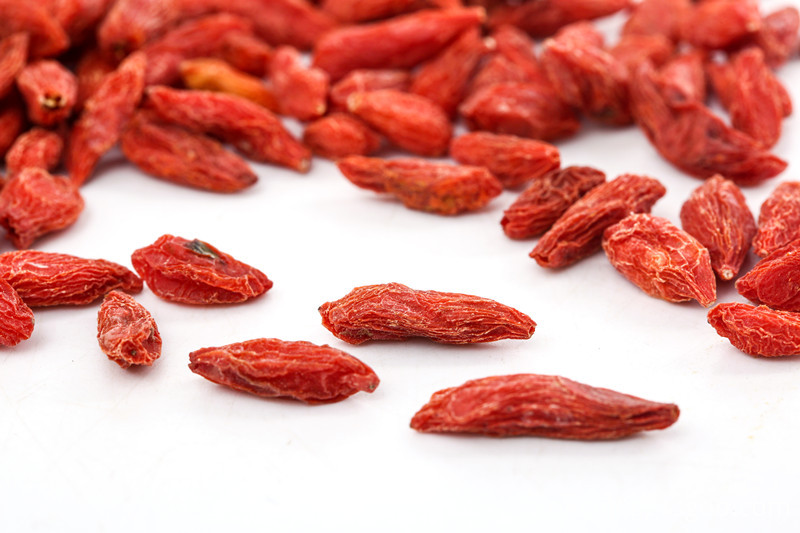First, the area of ​​ponds with a test pond area of ​​4,329 square meters was selected, and the embankment height of cement bricks and ponds was 2m. The bottom of the pond was slightly shaped like a pot, and the organic silt thickness was about 30cm. The test pond is resistant to escape and has good water retention performance, and it is convenient for drainage and irrigation.
Second, the construction of the pond facilities in the bottom of the pond to install a drainage pipe with an inner diameter of 25cm, one end of the nozzle extends to the deepest point of the pond, the barbed wire is installed on it, the other end leads to the outside of the pond, and equipped with valves to facilitate control of the water level. In the pond, 20 asbestos tiles are placed in the form of “five-point plums†and the asbestos tiles are raised with bricks. The distance from the tile surface to the bottom of the pool is about 20 cm. On the surface of the pond, 50 square meters of water hyacinth were bred to provide shelter and shade for the pond catfish. Install fish traps at the inlet to prevent fish escape.
III. Disinfect the Fishpond Before putting the fish, thoroughly disinfect the pond with 500kg of quicklime. Return the water for 15 days and test the water to prove that the toxicity has disappeared before releasing the fish.
Fourth, rational stocking of fish species The main pond is used to raise fish ponds, and it is appropriate to match other fish. In order to increase the survival rate, the fish species of pond catfish are first kept for a week in cages in test ponds and fed to zooplankton or Chopped crickets and animal viscera and other fine ingredients make the fish more robust and then released in ponds.
Fifth, science feed feeding homemade soft pellet feed, feed formula: fish meal 27.5%, peanut cake 30%, wheat bran 30%, secondary flour 10%, mineral additives 2%, salt 0.5%, Plus an appropriate amount of animal vitamins. The particle size of the pellet feed is adjusted between 1-3 mm depending on the size of the pond catfish. The daily feed intake assessed 4-8% of the total weight of the pond carp and was fed in the morning, afternoon and evening. Before each feeding, the sound of rock hitting the pond embankment was used to make the fish form a conditioned reflex to hear the noise.
Sixth, adjust the water quality In the early stage of aquaculture, the pond water depth is controlled at 0.5m. During the middle period of aquaculture, the depth of the pond is gradually deepened to 1.5m. In the later period of cultivation, part of the old water is drained every 3 days to 5 days, and the same amount of fresh water is added at the same time. Generally, the water volume is changed by 5-10cm each time. Every 10-15 days, appropriate human manure (dung water), green manure and other fertilizers should be applied. During the cultivation period, the water quality always remained oil green or dark brown, and the biomass of phytoplankton and zooplankton was maintained at 30 mg/L to 80 mg/L and 15 mg/L to 29 mg/L, respectively.
Table Pond Fertilization Unit: kg
Month 5 6 7 8 9 10 Total human waste 700 1200 1500 1500 1500 1600 8000
Green manure 520 600 480 550 440 350 2900
Seventh, do a good job of fish disease prevention and control work during the breeding period, every 3 weeks Quanchipui lime water once, the drug dosage calculated at 150kg per hectare, the lime dissolved in water and take the supernatant liquid spilled evenly throughout the pool. The oxytetracycline baits were alternately administered every 15 days for a course of 3 days and 2-3 g of drug was added per kilogram of feed.
Organic 500Grains/50G Goji Berry from Qixiang Company is full of nutritions. In Chineses, we use it to make tea, cook, make soup. Especialy adult loves dried goji berris very much, because they think it can give them more energy and make them healthier. Dried Goji Berry is so useful in daily life if you have much work to do and feel tired everyday. And dried goji berry is also a traditonal Chinese herb, the medicine value of goji has a long history.
From wild to cultivate then to the processed products, goji berry has undergone thousands of years. Now, goji berry is already a well-known and propitious treasure, a best traditional medicine material which can improve health, cure illness and prolong our life, and a typical plant for world`s Goji industry to carry out the comprehensive research and development.

Appearance
1) Color: Red or deep red oval dried berry
2) Taste & Odor: Dried Goji Berry taste, no peculiar smell
Model Number
Second grade: 500grains /50gram, according to GBT18672-2014
Country of Origin
ZHONGNING, NINGXIA, CHINA
Package
5kg in aseptic bag, and two bags per paper carton
Storage
Normal temperature for 12 months.
Organic 500Grains/50G Goji Berry
Ningxia Dried Goji Berry Organic,Certified Organic Ningxia Goji Berry,Certified Organic Bulk Red Goji Berry,Certified Organic Goji Berry
Ningxia Qixiang Biologic Foodstuff Co., Ltd. , http://www.qxgoji.com